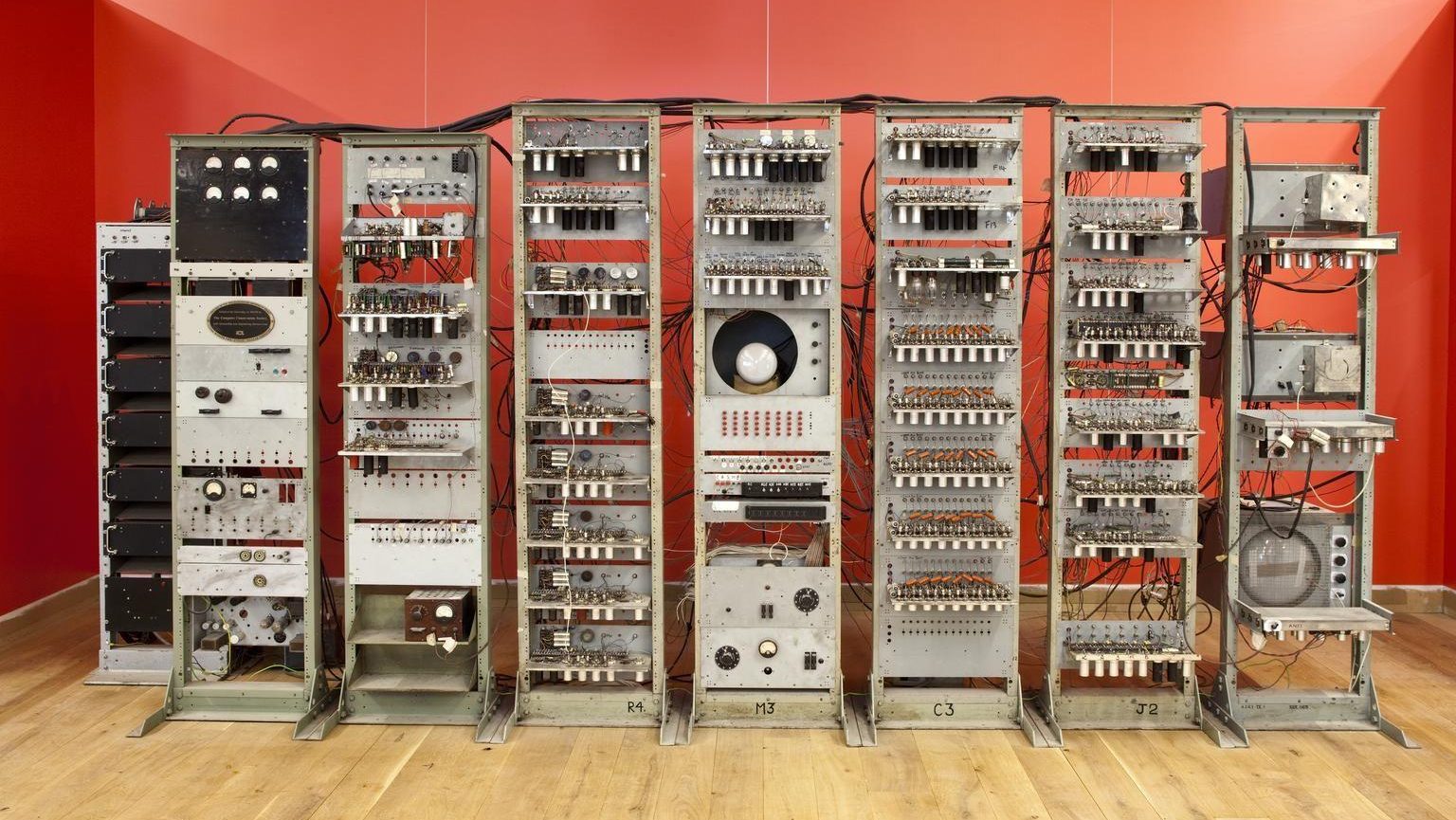Missing Person

When J.D. Salinger passed away recently, many casual fans who only remember him from tattered copies of The Catcher in the Rye lost long ago seemed shocked that he was still alive. Reclusiveness will do that. Influential comic artist Steve Ditko, the creator of the original look for seminal characters such as Spider-Man and Doctor Strange, submerged into seclusion years ago and has rarely surfaced since, content to work on the fringes of the comic world rather than compromise his art or his beliefs. In The Art of Ditko, edited by Craig Yoe, Ditko’s forgotten art of the past resurfaces for a new generation of readers who may not even know that his genius lives on, or ever lived at all.
People opening this book seeking Spidey or Strange will come away sorely disappointed. Marvel holds the rights to that work in its corporate clutches. Reproductions of some original art of those characters, however, give us a tantalizing taste of what Ditko’s heyday was like. People looking for psychoanalysis of one of the most confounding figures in modern comics will find nothing as well. For those people, I direct you to Blake Bell’s Strange and Stranger: The World of Steve Ditko, the most comprehensive attempt yet at unraveling the web surrounding the mysterious Ditko.
So, what does this book offer? Like a Renaissance master known best for his gargantuan frescoes but studied most deeply through smaller and more intimate works, the soul of Ditko’s art appears most nakedly in these small vignettes he worked on from the 1950s through the 1970s for smaller publishers such as Charlton. Ditko’s “work for Charlton was exceptionally innovative, experimental, and too often overlooked,” Yoe writes. A fine connoisseur of comic art history, Yoe selects the best of a vintage crop from forgotten titles such as The Many Ghosts of Doctor Graves and This Magazine Is Haunted. Mining this mountain of graphic genius, Yoe plucks forgotten diamonds from Ditko’s time in the rough world of pulp fiction.
“With his great creative power, Steve Ditko has become forever revered for accepting his great responsibility: actualizing comic’s amazing potential,” Yoe enthuses. That potential leaps off the page in work such as the opening panel of “The Time Machine,” a story in a 1968 issue of Charlton Premiere. Yoe calls it “one of the premier pages of original comic art of all time!”, and I’d find it hard to argue against the superlatives when seeing just how Ditko makes a two-dimensional page transform into three and then even four dimensions—time traveling that timelessly draws in the reader. Ditko accepted low pay and low print quality in exchange for the creative freedom to create such images. Fortunately, Yoe finally gives Ditko his rightful due.
The Art of Ditko skirts the issues of the mind of Ditko for the most part. In his contribution, John Romita writes of Ditko, “He was secure in his mind and never swerved from his philosophy. It has cost him money, but never his pride.” P. Craig Russell echoes those sentiments by crediting Ditko with the “virtual invention of the political/philosophical graphic essay in 1967” with the first Mr. A stories. Anyone who witnessed the power of Watchmen to make comic readers think and think critically of the world should thank Ditko for opening those doors decades before.
Sadly, that invention led in a major way to Ditko’s disappearance. “For a short time the passion of his ideas and the passion of his art were in perfect equilibrium,” Russell remembers. Alas, Ditko’s disequilibrium and prioritizing of RandianObjectivism over visual storytelling eventually opened a chasm between Ditko and the comics world that has never been bridged. Maybe The Art of Ditko will reach across that abyss and lure the artist from the shadows into the spotlight he justly deserves. Ditko lives!
[Many thanks to IDW Publishing for providing me with a review copy and cover image from The Art of Ditko.]




